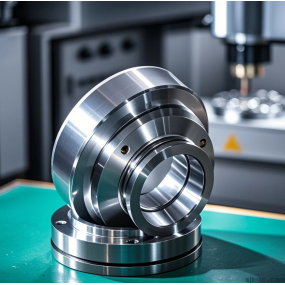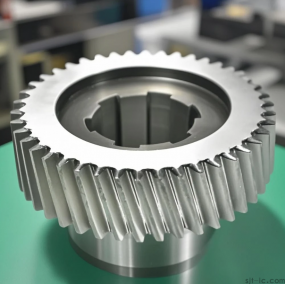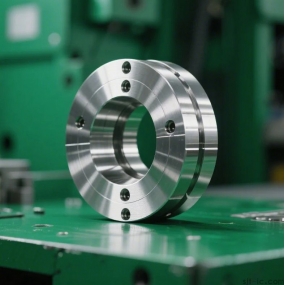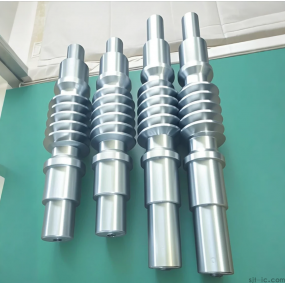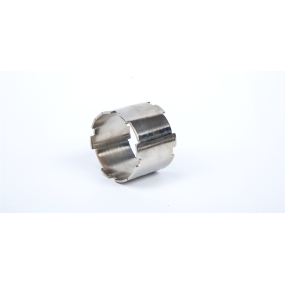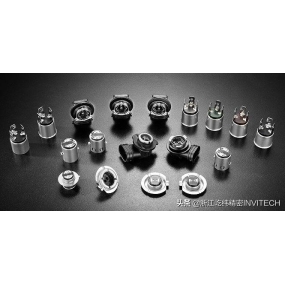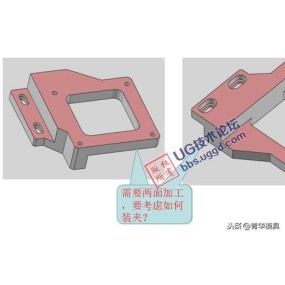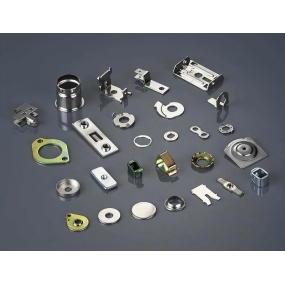The motor housing is an important component of the motor, which mainly serves to protect the internal parts of the motor from external environmental influences and also plays a role in heat dissipation. There are several common ways to process motor casings: casting method: Casting method is to pour liquid metal or alloy into a mold and solidify it by cooling to form the desired motor casing. This processing method can manufacture complex shaped shells with high production efficiency, but it requires a large amount of energy and materials. Stamping method: Stamping method is the use of a punch press to perform cutting, punching, bending and other processing operations on metal sheets, forming the required motor housing. This processing method can quickly produce large quantities of shells with relatively low costs, but cannot manufacture overly complex shapes. CNC Machining method: CNC machining method is the use of computer numerical control machine tools for precision machining of metal materials, which can produce complex shaped motor housings. This processing method requires the design of CAD drawings first, and then the machine tool is controlled by a program for processing, so the production efficiency is low, but the processing accuracy is high. Different processing methods have their own advantages and disadvantages, and choosing the appropriate processing method depends on the specific situation. Overall, the processing of motor casings requires consideration of various factors such as shape, material, and production efficiency to ensure the quality and performance of the final product.
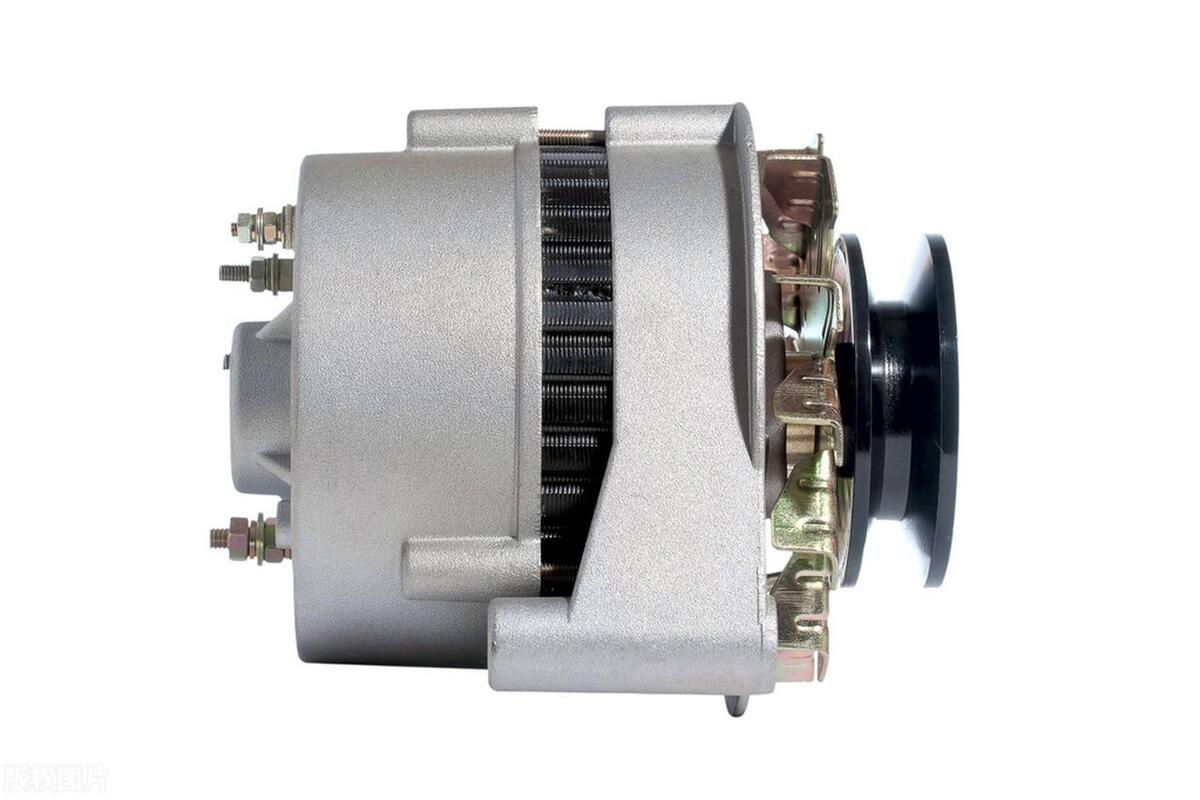


 Spanish
Spanish Arabic
Arabic French
French Portuguese
Portuguese Belarusian
Belarusian Japanese
Japanese Russian
Russian Malay
Malay Icelandic
Icelandic Bulgarian
Bulgarian Azerbaijani
Azerbaijani Estonian
Estonian Irish
Irish Polish
Polish Persian
Persian Boolean
Boolean Danish
Danish German
German Filipino
Filipino Finnish
Finnish Korean
Korean Dutch
Dutch Galician
Galician Catalan
Catalan Czech
Czech Croatian
Croatian Latin
Latin Latvian
Latvian Romanian
Romanian Maltese
Maltese Macedonian
Macedonian Norwegian
Norwegian Swedish
Swedish Serbian
Serbian Slovak
Slovak Slovenian
Slovenian Swahili
Swahili Thai
Thai Turkish
Turkish Welsh
Welsh Urdu
Urdu Ukrainian
Ukrainian Greek
Greek Hungarian
Hungarian Italian
Italian Yiddish
Yiddish Indonesian
Indonesian Vietnamese
Vietnamese Haitian Creole
Haitian Creole Spanish Basque
Spanish Basque

